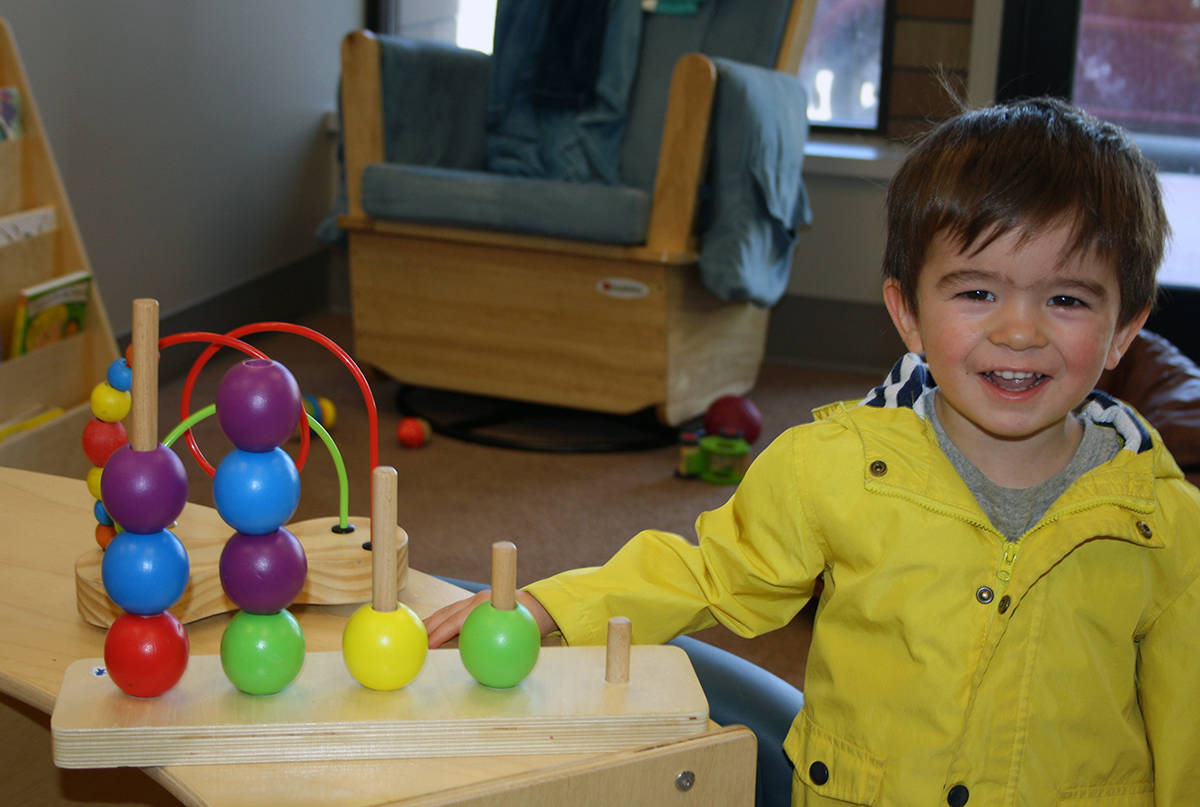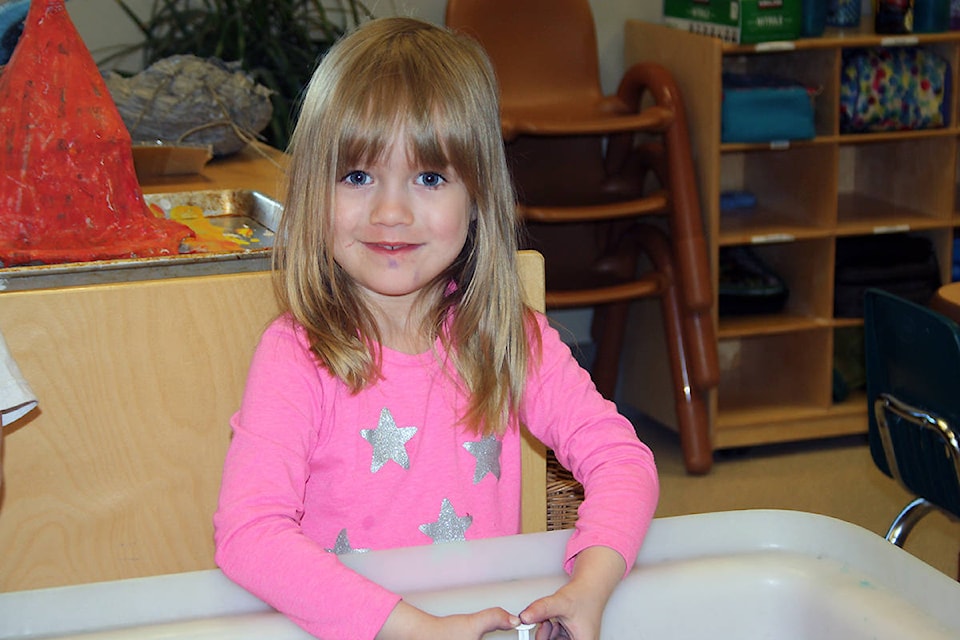Recent initiatives by the Provincial Government to enact fee reductions at licensed centres have received mixed reviews and are still a long way from meeting the $10 a day care that had been promised during the last provincial election, according to many child care providers.
The roll out of that program has served to considerably lower fees for some parents, bringing the cost down from about $800 per month to $350, according to Kristen Emel, the Manager of Community Services, Nechako Region. Depending on the level of care and the age of the child, some subsidies are less.
“It is a real good first step for child care. We looked at the program and applied for it when it was rolled out and were accepted as part of the program, so it has helped families make day care more affordable,” said Emel.
But, while the cost of child care is certainly one problem for working parents, an equally serious concern, not addressed by the Province’s day care plan, is the availability of licensed day care spaces.
Emel explained that the day care operation at the YMCA has eight infant and toddler spaces available for the entire community. They are the only in-town spaces available outside of privately run licensed day cares (Emel is aware of three such services) and the wait list for infant/toddler spaces can be lengthy. Persons on the wait list can easily expect at least a year’s wait before a spot may come available.
“We have people who are aware of the shortage and will put their name on the wait list as soon as they discover they are pregnant,” she said.
Infant/toddler spaces are available on the Saik’uz First Nation where coordinator, Karen George, said cited a current wait list of 32 people looking for space in the program.
That program has only eight spaces for those youngest children in need of care.
Part of the problem, say both co-ordinators, is the lack of space available for the programs, but an equally serious challenge is the availability of qualified staff.
“We do have problems in filling staff positions at times, certainly. We currently have a mix of fully certified early childhood educators (ECE’s) and we also have some who are coming through the process. Training courses are offered on the Saik’uz and at CNC and you can take some of the training on-line, but it’s always a challenge,” said Emel.
But, while the Saik’uz First Nation is currently training new ECE’s to help alleviate the shortage of qualified staff, George pointed out that, beyond lowering the cost for parents using day care, the government should consider subsidizing the salaries of day care workers to attract more people to the field and retain those who are already trained.
“We expect them to take a minimum of one year and as much as two years of training and then we can only afford to pay them $15 to $17 an hour. They can make that at a fast food place with no training at all,” said George. “Lets face it, the way things are, you have to love children (to go into childcare). If you were doing it for the money you wouldn’t go into this line of work.”
In addition to the infant and toddler care offered both at the Saik’uz First Nation and the YMCA, both programs also offer pre-school programs for children three to five years of age.
At the YMCA there are 16 spaces in operation, with a lengthy wait-list of parents who have been unable to secure a spot in the program.
At the Saik’uz First Nation the same care is offered for preschoolers, but the wait list is long and George said she will receive an average of four or five calls a day from people, both on the First Nation reserve and from Vanderhoof, looking for day care for their children.
The YMCA and Saik’uz also offer half day pre-school programs, as does Vanderhoof’s Early Years Preschool, but all these programs are full. The YMCA is adding a third pre-school class in September, but it is already full with a wait list.
“There’s no easy answer to the problem that I can see,” observed Emel.
“It’s a complex problem where available facilities and physical space play a big role…but so does staffing and the cost of the programs.”
Emel acknowledged that the licensed in-home care offered in Vanderhoof helps a little, but said that these services can’t begin to fill the need. She said that parents have had to be innovative and look to cooperative arrangements, nanny situations or unlicensed care operations to fill the gap between demand and availability of quality child care.
“Maybe this new government will continue to work on it,” said George. “I’ve got my fingers crossed.”

